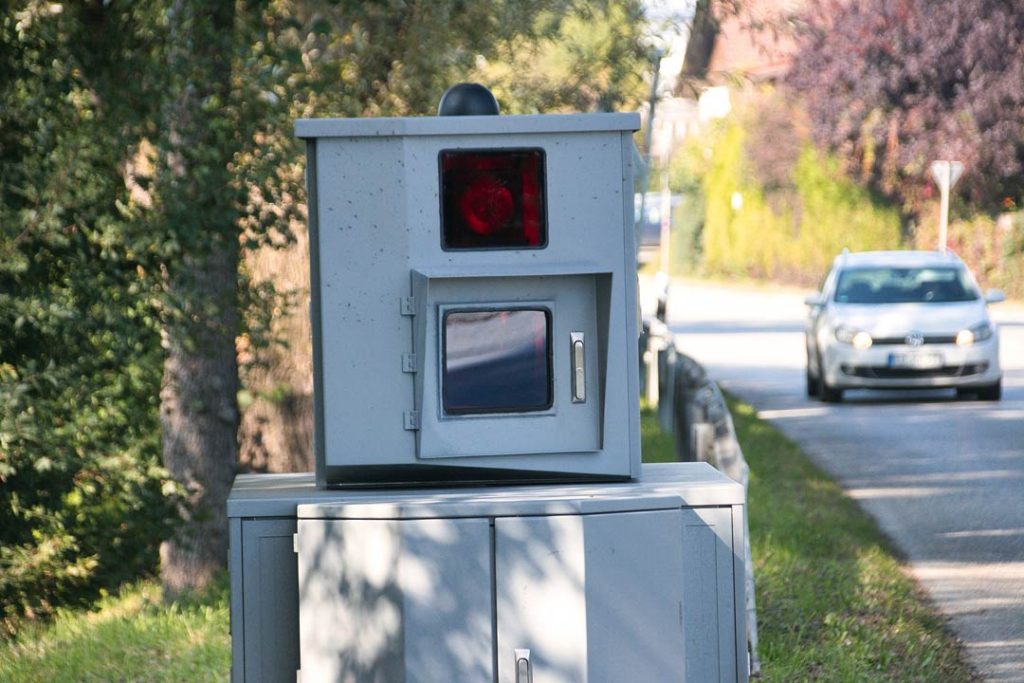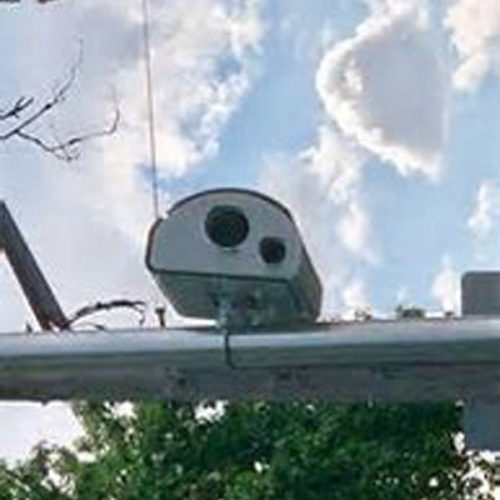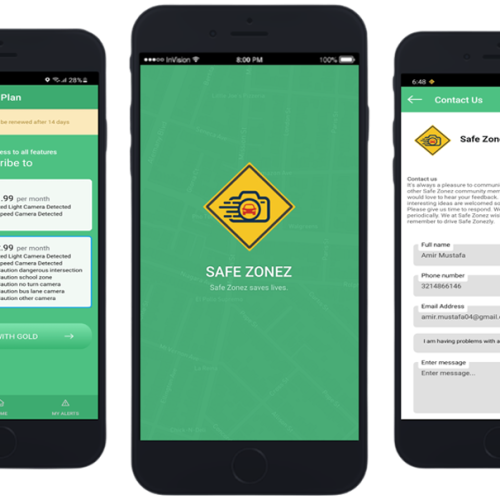
Speed Cameras are known for frustrating drivers and inciting their anger. Let us examine the real role of speed cameras. Do they reduce accidents and deaths as authorities claim? Or are they just money-making machines?
Official statistics show that in the United States alone there are more than 7300 permanent speed cameras currently in use. With serious plans to add 2000 new speed cameras in 2023. Due to this huge number, speeding tickets became a major source of revenue for local municipalities.
An estimated 5 billion dollars in revenue across the country comes solely from speed camera tickets. Granted, this money usually goes to fund various local and countrywide social programs, which is good, but nonetheless, it’s still a major source of income that underfunded local authorities rely upon to alleviate some of their economic stress, which in turn incentivizes them to use this tool more aggressively.
Drivers often find themselves forced to pay speed camera tickets, pay parking tickets, and takes a toll on the economic welfare of regular citizens, who in most cases resort to using speed camera detector gadgets, or speed camera detector apps. Despite all that, authorities still advertise speed cameras as the best way to prevent accidents and save lives on the road, but is that really the case? And with new types of speed cameras coming in every day, how do we measure their real impact?
How to measure the speed camera effect

The simple and most commonly used method is to monitor a certain site that is known for an abnormally high number of road accidents, record those accidents over a period of one to two years, then install speed cameras and keep it under surveillance for another two years. And finally, compare the numbers. This is the most intuitive method, and its results often show a significant reduction in accidents. But is it really this simple? Are these results reliable?
In reality, experts say that this method takes into account only one factor of the many factors contributing to road accident reductions. Because, studies showed that the number of accidents in a specific site tends to decrease naturally over time, and improvements in car safety technology help too. These factors and others are commonly known as regression-to-the-mean (RTM), and a more comprehensive method should take them into consideration.
How much of an impact do speed cameras have
In some instances, observers claim that the RTM effect accounts for 100 percent of the accident reduction. That’s obviously an extreme estimate, and results can vary from one site to another. Speed cameras do have an impact, but it is still not as big as advertised. This put the simplistic measurement method into question, as well as the entire system’s value-for-money.
Add to that the negative effects that all types of speed cameras can have on driving habits; once the system is installed at a road section or an intersection, it has been noted that drivers tend to drive erratically once they enter the area, which in turn can cause more accidents.
As we see, speed cameras are not the ultimate answer to the road accidents problem. But are they really just money-making machines?
Are speed cameras just money-making machines
Despite all the downsides that we’ve examined above and the frustrated drivers’ bold claims, speed cameras are not completely useless. The system has an undeniable role in reducing car accidents and road casualties, especially around school areas. Which in turn reduces damage to public property and medical treatment costs.
The real impact of all these new types of traffic cameras lies in their mere presence. When drivers know that Intersection X has speed cameras, they tend to be more careful around it, much more than Intersection Y where there are no speed cameras. And this raises the importance of speed camera detector apps.
What is the Remedy
Speed cameras will still be a huge part of the solution, not the only solution, but an important part of it nonetheless, this means you will still have to worry about speed cameras near you. However, taking the impact of RTM into account from the beginning can make a huge difference in the final outcome. It will help authorities manage resources and optimize the use of stationary and mobile speed cameras by accurately deciding where to place them. Instead of just throwing them at any site with a high rate of car accidents.
A more proactive and preventive approach will also help greatly, authorities should start to study the road network and driving patterns to predict where the most dangerous locations will be and take adequate measures to reduce the risks. Contrary to the common approach where they only act after a large number of casualties is recorded.
And let’s not forget that we’re in 2023, we can use technology to solve problems like this. A more original approach would be to adopt well-thought-out solutions that insure a win-win result. Safezonez is such a solution. The phone app is designed and developed by health professionals to condition drivers to improve their driving behavior. The app intuitively Helps cities and townships Prevent car accidents, and reduce casualties. And at the same time helps drivers save money.
The way the app works is by verbally warning Users Of high-risk locations, for example, dangerous intersections, complicated roundabouts, high-speed road sections, etc. which automatically results in saving money and saving lives.
So to answer our initial question, do speed cameras really work? Many believe, yes, but many others think that they are not as efficient as the public is led to believe.


